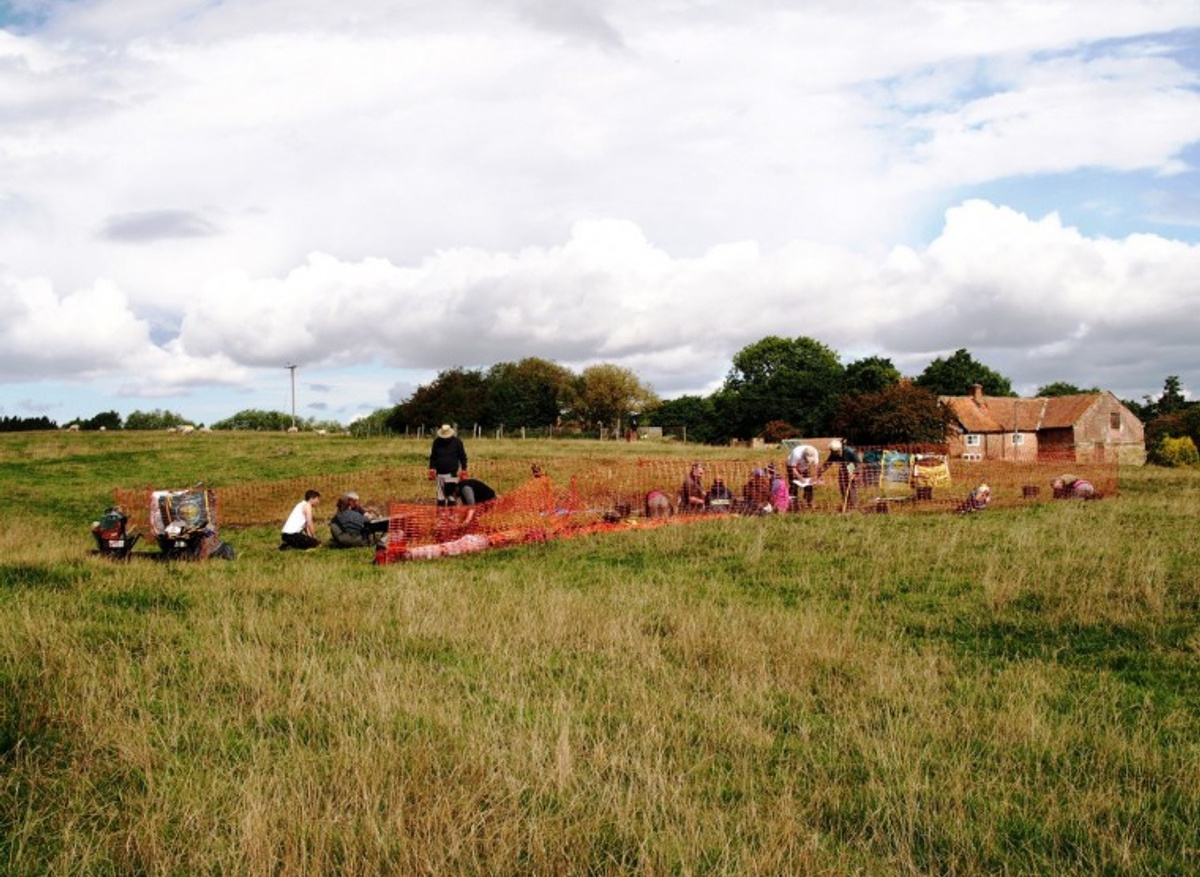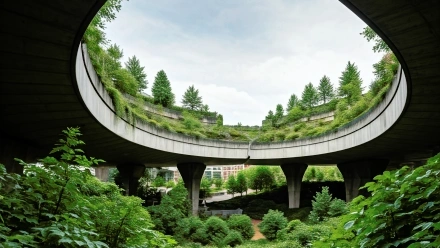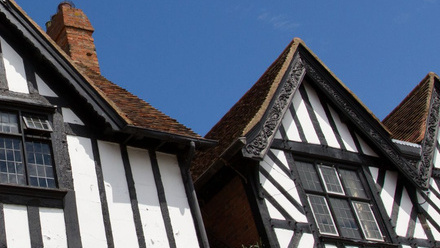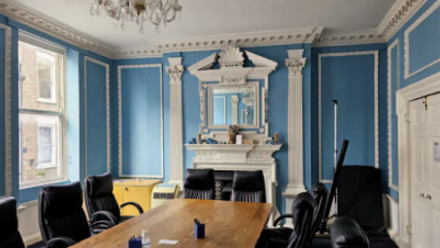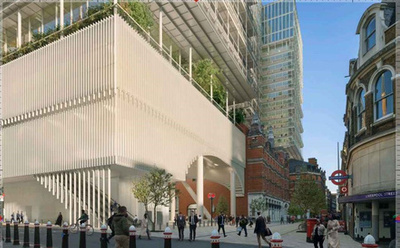For more years than I care to remember I have been telling people that I am a Cultural Heritage Manager and not an archaeologist. What does this mean? For me my day is all about trying to get people to engage with the idea of heritage, to find their heritage trigger, or to learn from others about the heritage that inspires them.
At the humdrum level my day begins with catching up on late night and early morning emails – and there can be surprises: the update on an excavation, a request from a community heritage group for a research idea, a former placement student asking for a reference. Not really humdrum…they could be things that change people’s lives.
As a member of the Development Advice team the bulk of my work is focused on providing advice; to local authorities on planning applications affecting heritage places and to the Department of Digital, Culture, Media and Sport on applications for Scheduled Monument Consent. How does something so bureaucratic and pen pushing engage people with heritage? How does it become about people and not just about old fabric?
My aim is to make Historic England advice change things, change perspectives, to make heritage a fundamental part of a place, to make better places for people to enjoy, live and work in. Heritage should not be an add-on; it can make places, dynamic, vibrant and full of meaning. My advice does not go solely to a local authority or the DCMS, it also goes to the developer, the agent or the estate owner; the point being that I can try to influence these people, to persuade them of the power of heritage, to make a better application or development. As part of a team that includes Historic Buildings and Areas Inspectors, architects, landscape architects and land use planners (plus the ability to be able to draw on centrally based expertise such as structural engineering) I have a whole range of expertise at my disposal to make Historic England advice stronger and more convincing.
It is Tuesday morning, so what was in my Inbox? A Corporate Communications, a LinkedIn request, my placement student confirming that she can attend a meeting to look at the strategy for the conservation of the York city walls, and an agreement that we can use some historic film footage for the next (the third) Bootham Crescent project video. This latter project is a good example of how you can use heritage to make a better place. We will see how we can use the memories, meanings and associations attached to Bootham Crescent (the home of York City Football Club and soon to be turned into a housing development) to shape what that housing development might look like – to give it an identity and resonance.
The strategy for the city walls has possibilities too; can we make them more accessible, can we find and tell the stories about them and reveal the huge changes that they experienced? My challenge for today…

